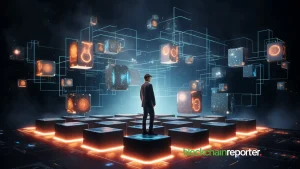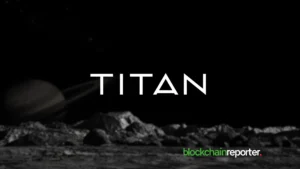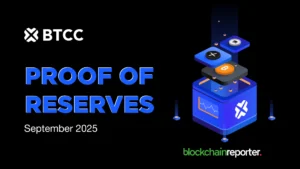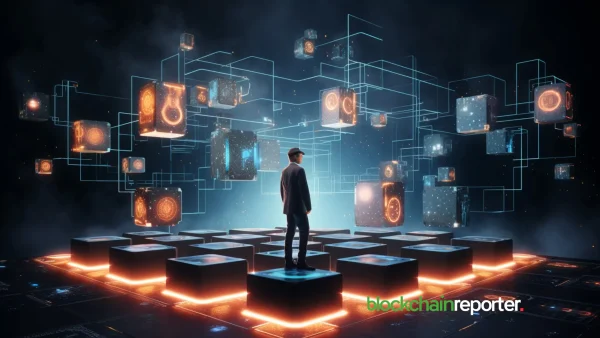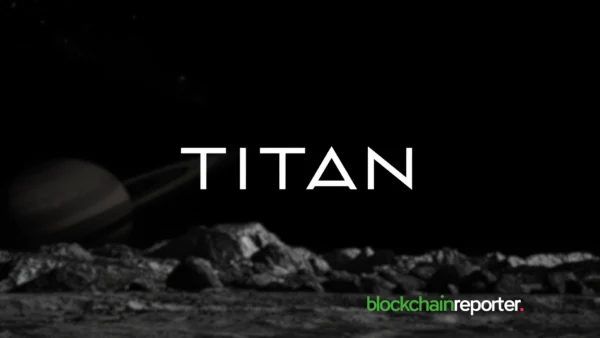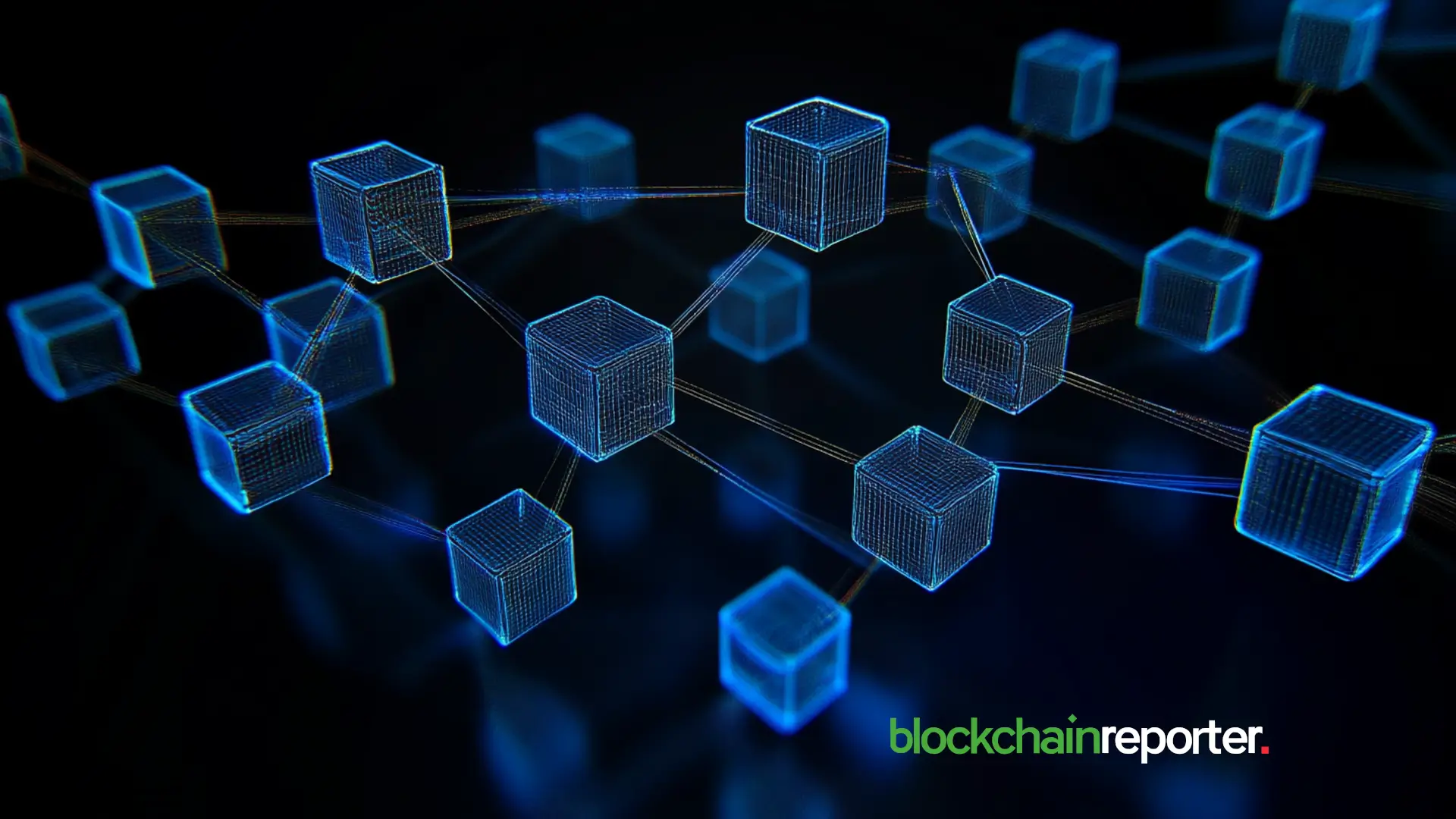
Technological innovations have come a long way since the debut of the internet in the 1960s; as per the latest research, 63% of the world’s population (5 billion people) use the internet in one way or another. Going by these statistics, it has taken six decades for the world to embrace an interconnected global community. Does it mean that emerging technologies will follow a similar adoption curve?
Before diving into the details, let’s start with the evolution of the internet to paint a better picture of how communication has evolved in the digital era. The earliest form of the internet was commissioned by the U.S Department of Defense; at the time, packet switching (transferring small pieces of data) was the cornerstone of the internet. Then came Web 1.0, which was essentially a content delivery network (CDN).
While Web 1.0 dominated the 90s, the early 2000s ushered in a more advanced version of the internet, Web 2.0. Unlike its predecessor, this second iteration introduced a more participative environment. Internet users were not only able to generate content but also interact with modern-day websites, including social media platforms such as Twitter and Facebook. As expected, Web 2.0 has marked a greater adoption phase.
So, where exactly are we heading in terms of technological innovations? Perhaps it is time the world moves to the next era of the internet, Web 3.0.
A New Dawn is Here
First coined by Polkadot’s founder Gavin Wood, the third iteration of the internet (Web 3.0) is based on blockchain technology. Most people often associate it with cryptocurrencies but that is not entirely the case. Web 3.0 is the building block of decentralized digital assets such as Bitcoin and Ethereum; the core principalities of this version of the web include decentralization and token-driven ecosystems.
Gone are the days when ‘big tech’ control small communities while exploiting their data for massive gains. Web 3.0 is designed to give control back to the masses, imagine an internet where users have both the ability to participate and vote on how the ecosystem is governed. That is the idea behind Web 3.0. So far, cryptocurrencies have been the biggest winners, given that most of the innovations fall within the digital asset purview.
But is the world ready to adopt such a liberal ecosystem? I would be careful to dismiss the potential of Web 3.0 despite critics from governments and long standing corporations that are not comfortable with giving up control. That said, it may take some time before Web 3.0 reaches the adoption levels of Web 2.0; as mentioned in the introduction, it took several decades before the internet penetration hit the 60% mark.
Web 3.0 Adoption
Apart from speculative cryptocurrencies, Web 3.0 is proving to be worth stakeholders’ time on many fronts. For starters, the rise of Decentralized Finance (DeFi) applications has opened up a new way for global investors to access various forms of finance, including lending and borrowing, decentralized exchanges and tokenized assets. As of writing, over $50 billion is locked in multiple DeFi protocols that offer the aforementioned products.
More interestingly, Web 3.0 is also setting the stage for virtual worlds, otherwise known as the Metaverse. In this new realm, it is possible for human beings to exist as avatars inside computer ecosystems. While still in its development stages, the Metaverse is now a widely discussed concept within tech circles. Innovators are working round the clock to explore opportunities in Non-fungible tokens (NFTs), the supporting digital assets in virtual worlds.
So, how does one get immersed into the Web 3.0 paradigm? Fun fact, it is much simpler than most people would imagine. The main requirement is to download a non-custodial wallet like Metamask to start interacting with DeFi protocols. According to a report by Dune Analytics, there are over 2 million DeFi users currently operating on different blockchain networks, including Ethereum, Binance Chain and Fantom.
As for the Metaverse, we have Web 3.0 platforms such Looking Glass Labs (LGL) that are specializing in NFT architecture to enable a seamless on-boarding for both individuals and businesses. Internet users of the future can leverage LGL’s expertise to curate 3D assets that are compatible with the Metaverse. Notably, this project recently launched an NFT collection dubbed ‘GenZeroes’ for the purpose of building a stronger and more decentralized community.
“The defining quality of the metaverse will be a feeling of presence — like you are right there with another person or in another place. Feeling truly present with another person is the ultimate dream of social technology.” – Mark Zuckerberg.
Conclusion
There have been several revolutions since humanity started documenting events, the most recent was the industrial revolution. With technology having taken over, we are in the fourth industrial revolution (4IR). This era will be marked by technological advancements in emerging fields such as Artificial Intelligence (AI), Virtual Reality (VR) and blockchain.
That being the case, it is more likely than not for Web 3.0 to go mainstream in the coming decades. While it may take longer than expected, the die is cast; the next iteration of the internet will be governed by the people.

